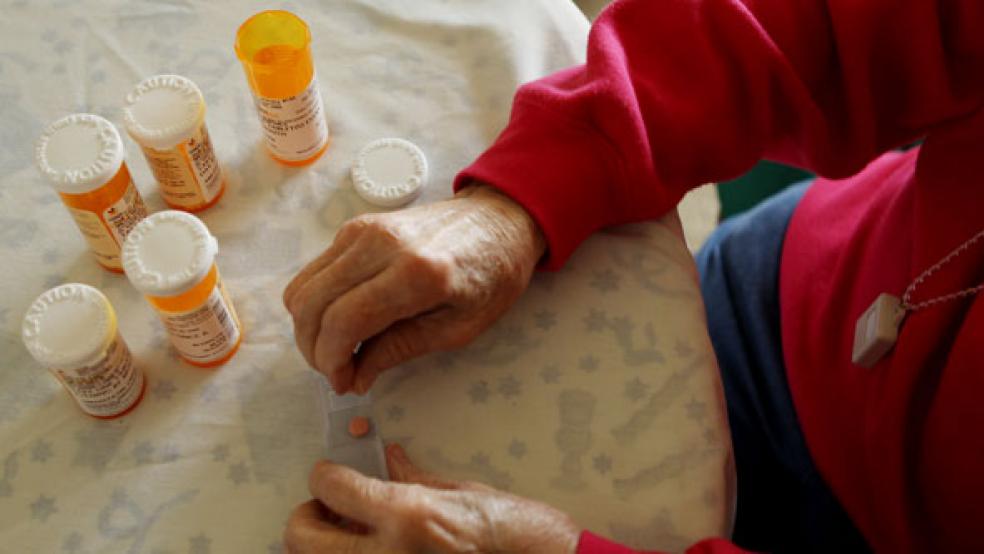Imagine you're 85, and living alone. Your children are halfway across the country, and you're widowed. You have a live-in aide - but it's not human. Your personal robot reminds you to take your medicine, monitors your diet and exercise, plays games with you, and even helps you connect with family members on the Internet.
Some technology experts see this as the answer to a predicted shortage of caregivers to serve our rapidly aging population. Labs around the world are working on this, and already some robots are being marketed successfully. Robots have been designed to help people with physical rehabilitation, assist in a nursing home, and even provide "telepresence" - in which a robot acts as an avatar, a physical presence for someone you communicate with at long distance.
Related: We're One Step Closer to Robots on the Battlefield
A conference in San Francisco last week on innovation and aging featured a keynote address by Cynthia Breazeal, founder and director of the Personal Robots Group at MIT's Media Lab. Breazeal's research focuses on robots that can make social and emotional connections with people. Her lab has developed a range of robots ranging from small six-legged devices to small stationary machines that mimic human expression and communication.
This isn't a new concept: In Japan, a cuddly social robot called Paro has been available for a decade. Paro looks like a baby harp seal and is designed to have a calming effect, even eliciting emotional responses from patients in nursing homes and hospitals.
Breazeal's lab has designed a robot called Nexi that can blink, shrug, and make facial expressions; another, called Autom, is designed to help people lose or maintain weight. And telepresence robots can gesture and pick up non-verbal cues. "The most surprising thing is that people seem to form an emotional bond with robots," she said in a telephone interview after the conference. "Social robots can engage people in more interpersonal way than a computer can - they can coach, motivate, and even maintain a social relationship."
Last week's conference was hosted by Aging 2.0, an organization focused on incubating and launching businesses for the 50-plus market. Breazeal says we're not far away from practical application of robots for caregiving at a distance, with the most basic devices - those that sits in a stationary spot in your home - costing no more than a laptop computer. No doubt, the demand for caregiving help will be there.
Related: 7 Robots That Can Help Aging Americans
The U.S. Bureau of Labor Statistics forecasts that demand for direct caregivers (including nursing aides, home health aides, and personal care aides) will far outstrip supply in the years ahead. The number of available jobs is expected to jump 48 percent, while the number of likely workers will rise just 1 percent.
And fewer family members will be available to help out. AARP projects that the number of family caregivers available to support aging parents will plunge in the years ahead. In 2010 there were seven potential caregivers for every person over 80. By 2030 the ratio will drop to 4 to 1, and will be 3 to 1 in 2050.
Still, there's something unsettling about the idea of machines caring for our elders. It may make sense to use technology to remind us to take our medicines. But emotional bonding?
"Humans are social beings," says Brent Green, a marketing strategist and author who specializes in generational marketing. "The boomer generation is not going to want to use robots to fulfill our need for interaction with other humans."
Green agrees that technology will play an increasingly large role helping Americans age in place but thinks boomers, in particular, will be more interested in innovative people-centered models. I've written about some of them: the villages movement, co-housing projects, and simple house-sharing arrangements.
We could also see a gray revolt against technology, he says. "I predict that a large percentage of boomers won't have anything to do with this. If the kids try to impose a robot on them, they will resist."




